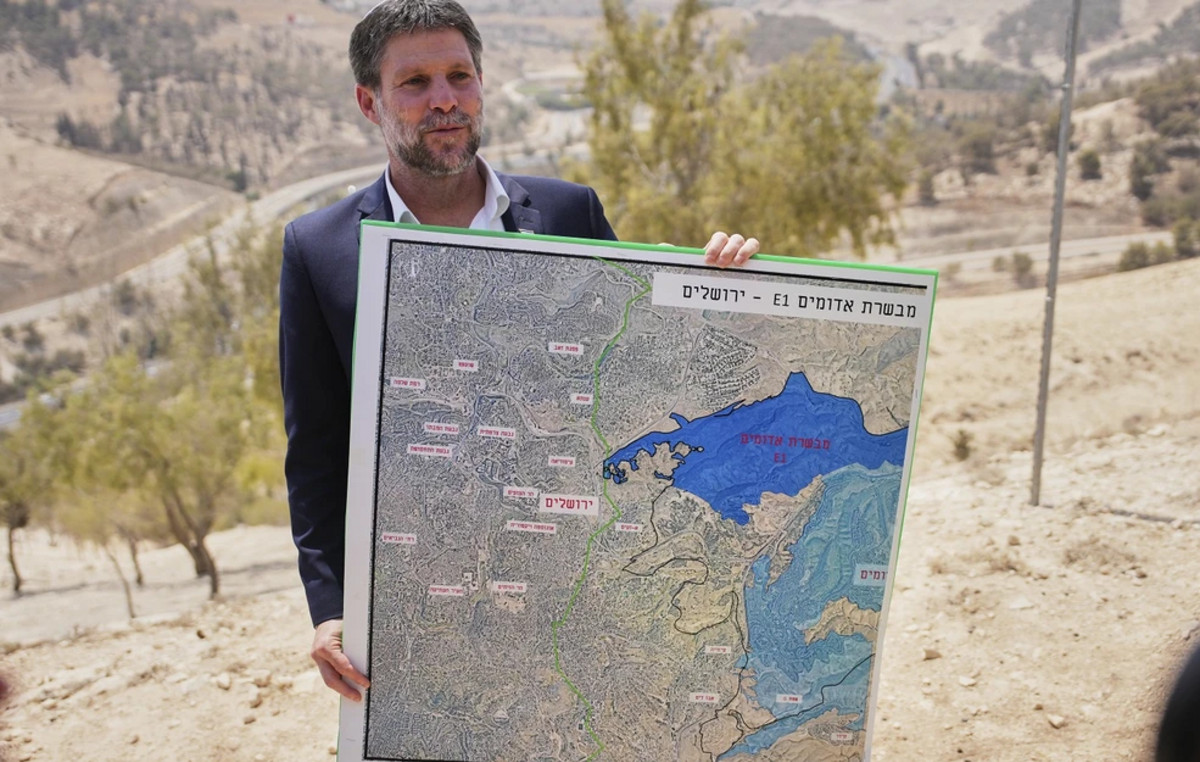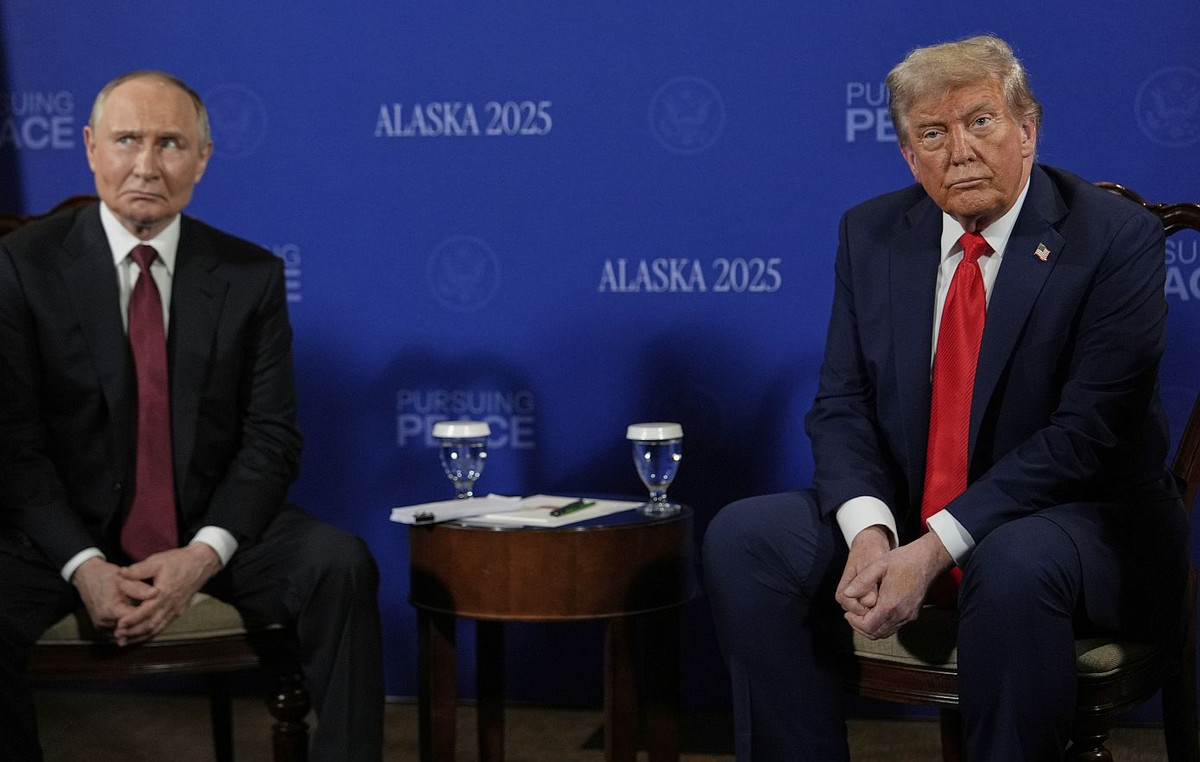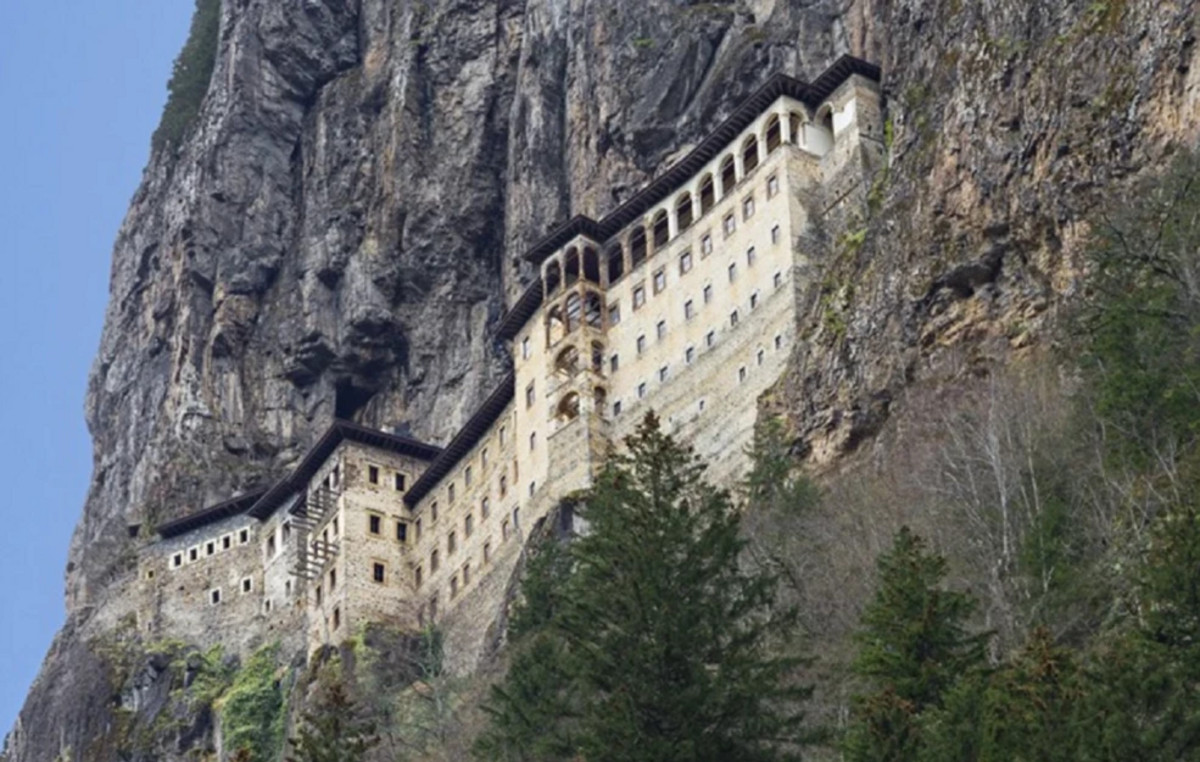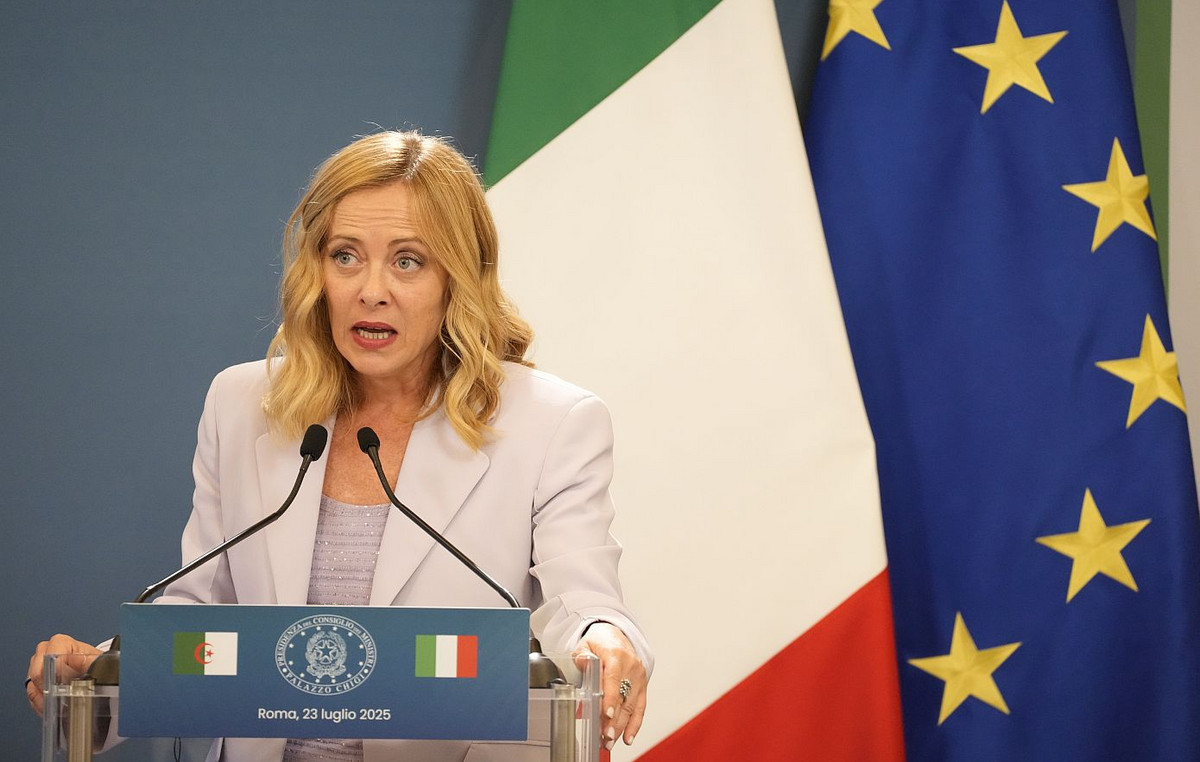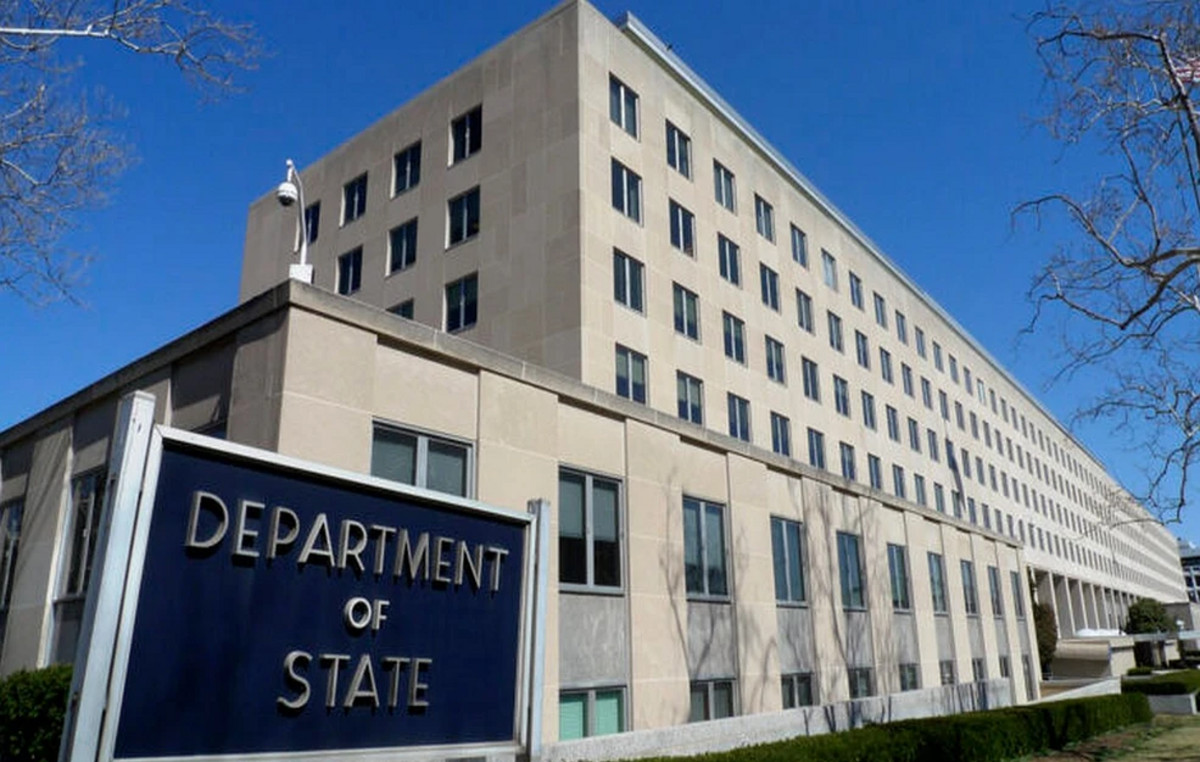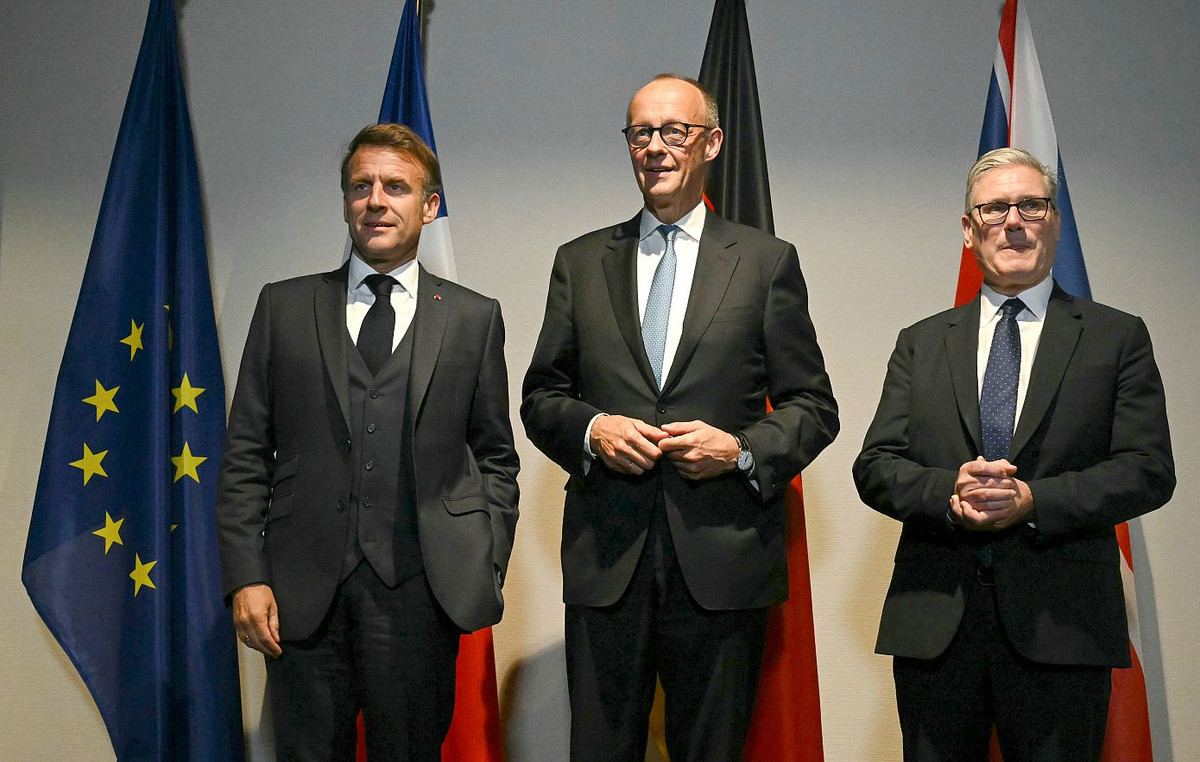The centenary of the Independence of Brazil, celebrated on September 7, 1922, marked the first transmission of radio made from stations installed in the country, in the city of Rio de Janeiro, which was the federal capital at the time.
Cariocas had the opportunity to hear President Epitácio Pessoa’s speech, held in Praça XV, and the exhibition of Carlos Gomes’ opera, at the Municipal Theater, in Cinelândia. With only 80 receivers acquired, a group of people could witness the invention that would transform the habits and customs of Brazilian society in the following decades.
Next year, Edgard Roquette-Pinto he started Rádio Sociedade do Rio de Janeiro, from a transmitter installed in the Polytechnic School. With a popular vocation, radio became a vehicle for entertainment, culture, information and service provision, being one of the main means of communication in the country until the emergence of television, in the 1950s.
The radio waves reached the peripheries of Brazil, especially in places where television seemed a reality still distant due to the high costs of the devices. From radio soap operas to the news, the varied programming sought to entertain and inform Brazilians.
What was heard in the early days of radio
Luiz Gonzaga, Cauby Peixoto, Ângela Maria, Silvio Caldas, Francisco Alves, Linda and Dircinha Batista, Dalva de Oliveira, Orlando Silva, Elizeth Cardoso, Emilinha Borba and Marlene. These are just some of the artists who shone with Rádio Nacional in Rio de Janeiro, which highlighted the dissemination of Brazilian popular music.
The first radio soap opera was launched in 1941, when “In Search of Happiness” was aired for the first time. On the other hand, the auditorium programs were highlights of Rádio Nacional, with mood boards, music and a freshman show.
In journalism, the traditional Repórter Esso portrayed the changes in Brazilian society over more than 25 years.
During the Golden Age of Radio the most successful auditorium shows had boards dedicated to female singers. Emilinha Borba was featured on César de Alencar’s program and Marlene in Manoel Barcelos.
In 1949, the two competed for the title of Queen of Radio, a radio contest with the aim of raising funds for the construction of a hospital. “Radio played a key role: it was an indicator of popularity,” says Lia Calabre, professor at the Graduate Program in Culture and Territorialities at the Fluminense Federal University (UFF).
First steps of radio in the United States
The first radio broadcast in the United States was made by Reginald Aubrey Fessenden, from an experimental station in Brant Rock, Massachusetts, on Christmas Eve 1906. The program featured two musical selections, the reading of a poem, and a brief lecture.
The evolution of broadcasting gained strength after the end of the First World War, with the multiplication of the activity of radio amateurs and the expansion of the demand for receivers that could be operated by laymen.
In the early 1920s, there was a significant growth in the sale of radio receivers and components for their home construction, followed by a large increase in the number of transmitting stations.
Who was Roquette-Pinto?
Anthropologist, essayist, ethnologist, medical examiner and professor, Edgard Roquette-Pinto has yet another important role: that of father of Brazilian broadcasting . Interest in the technological development of the mass media was intensified after the broadcast by President Epitácio Pessoa.
For him, the radio was “the indispensable teaching material, even when it costs a lot, of the intensive education that the family environment is capable of promoting and in the culture that the State has the duty to encourage”.
In April 1923, Rádio Sociedade do Rio de Janeiro was created from the initiative of Roquette-Pinto, who convinced the Brazilian Academy of Sciences to sponsor the project. The purpose of the station was the diffusion of cultural and scientific subjects. During the government of Getúlio Vargas, in 1936, he donated the radio to the Ministry of Education, which renamed it Rádio MEC.
Roquette-Pinto died on October 18, 1954, aged 70. In commemoration of his legacy, Radio Day in Brazil is celebrated on his birth date.
Pernambuco pioneering
Pedro Serico Vaz Filho, a researcher at the School of Communications and Arts at the University of São Paulo (USP) tells that before the first regular broadcasting station in Brazil, radiotelegraphy lovers set up an experimental radio station, Rádio Clube de Pernambuco.
“This group meets to address the issue of long-distance communication without the use of wires. This entire experiment was carried out at that time from April 6, 1919.” Two weeks later, the institution would publish the radio statutes, which established how the work would be carried out.
In October 1923, the Clube de Pernambuco would undergo a reformulation for the use of radio as a means of communication. For Vaz Filho, the renovation, through the installation of new technologies, should be recognized as the continuation of a station already founded. “This previous existence was an existence of structuring, of study, of development, of techniques, it gains this space”, he says.
(With information from Jornal da USP, Rádio MEC and Agência Brasil)
Source: CNN Brasil

